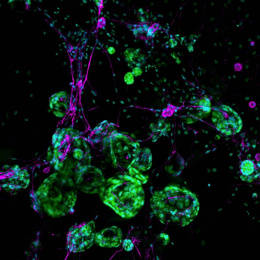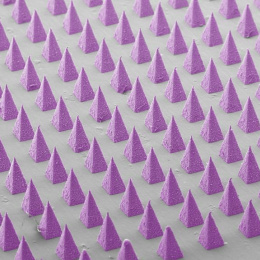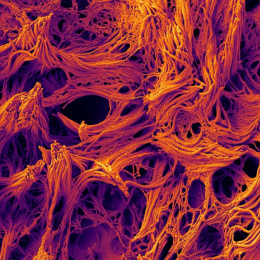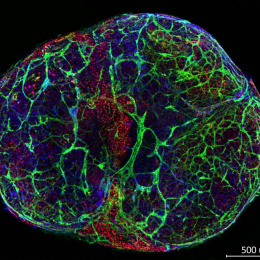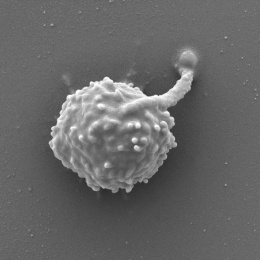Airway Two Ways
Airway Two Ways
Raghu R. Chivukula, MD PhD
Massachusetts General Hospital, Koch Institute at MIT, MIT Department of Biology, Whitehead Institute
A major current challenge in mammalian biology is deeply understanding the cell biology and biochemistry of the many specialized cells which create a human organism and cause disease. Doing so at a mechanistic level has been difficult because, until recently, the ability to grow and manipulate non-transformed differentiated cells in vitro has been limited. However, the ability to generate and manipulate complex tissues in vitro through organoid technologies opens the door to applying the tools of cutting-edge molecular biology and biochemistry to intact human tissues.
Through air-liquid interface culturing, we can generate human airway epithelium in the laboratory from healthy donor or patient airway stem cells. We applied this technology alongside modern molecular biology and imaging techniques to unravel the biological basis of a previously uncharacterized genetic lung disease. This depicts a normal human airway by electron microscopy (left) contrasted to an image obtained of the same sample using a high-power light microscope (right).


